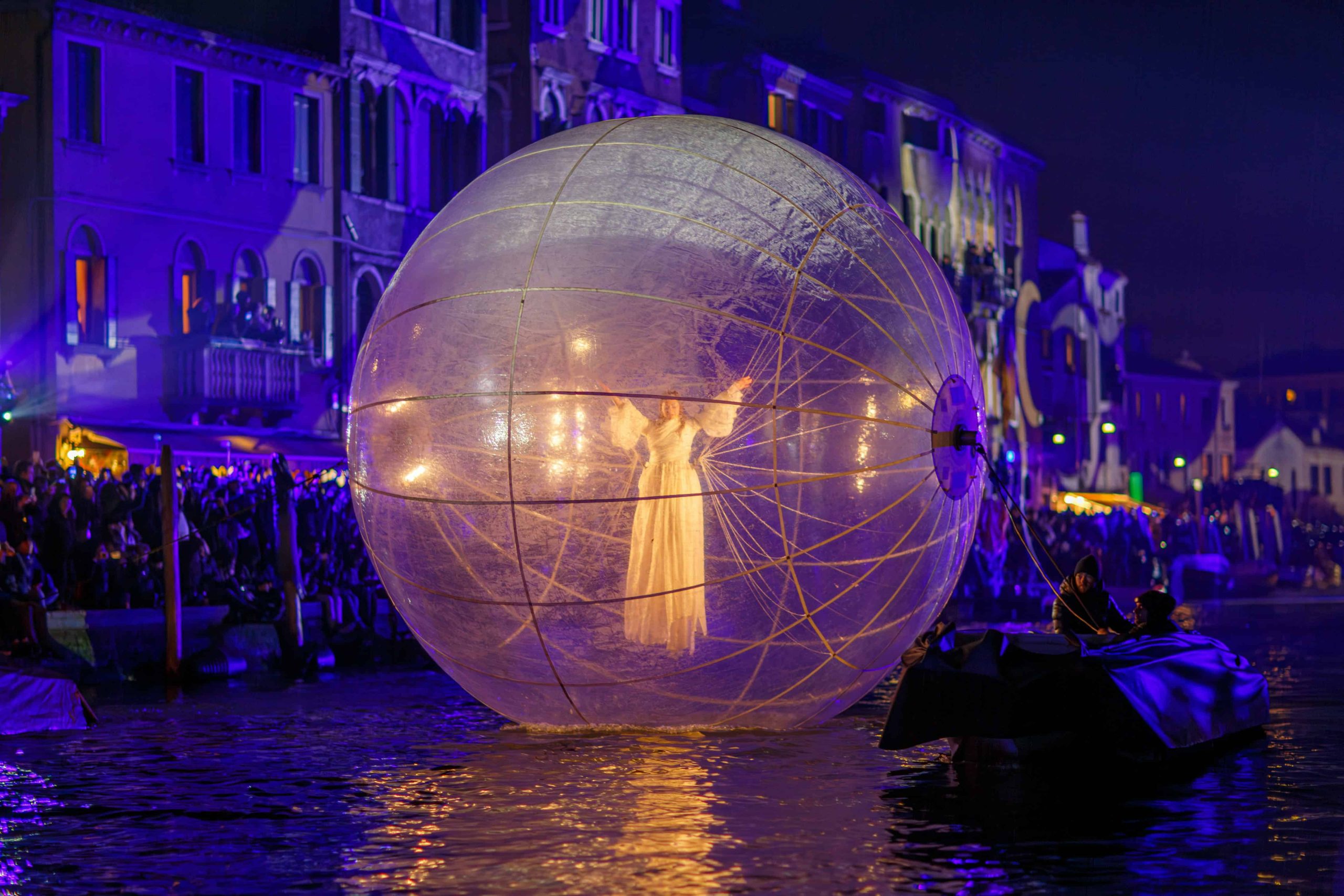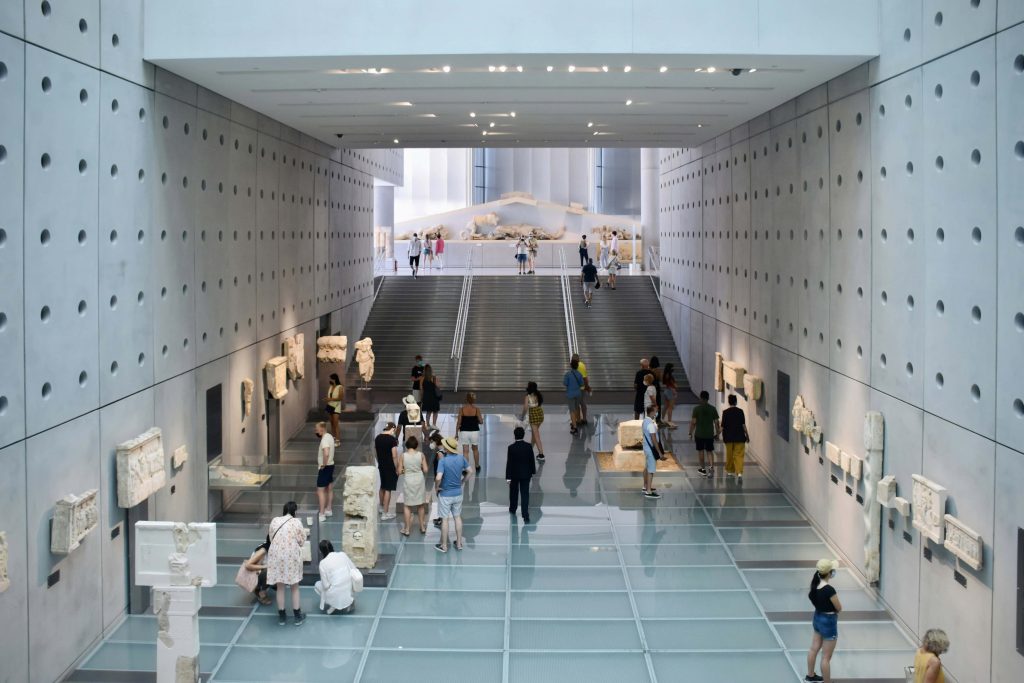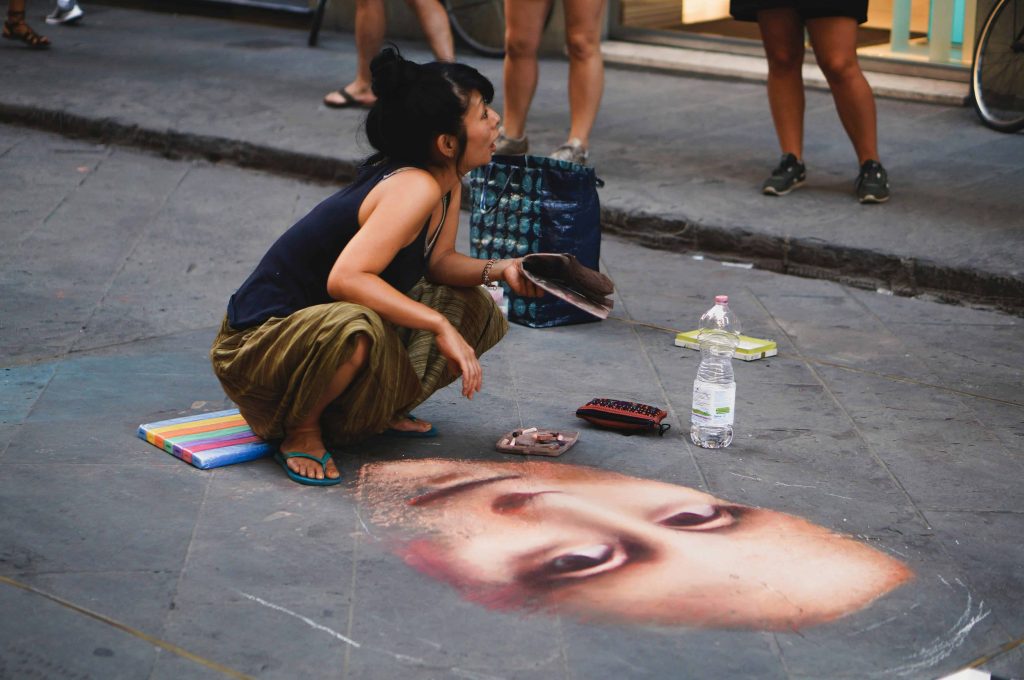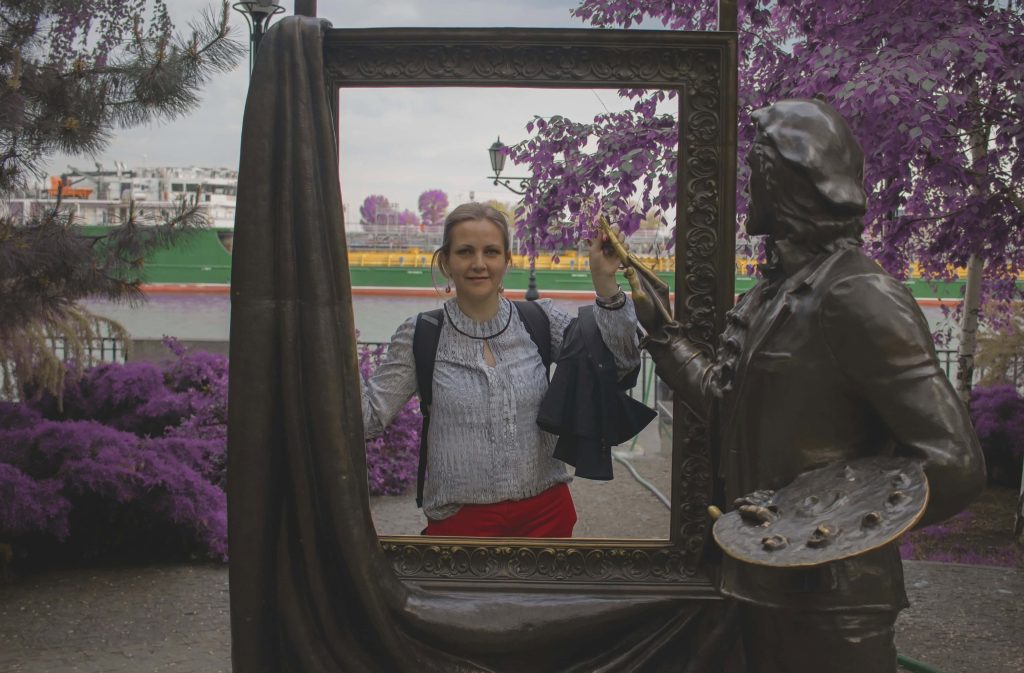
26 Jun Art, Diplomacy, and International Relations
Unlocking Diplomatic Channels: The Power of Art in International Relations
Art, diplomacy, and international relations intersect in a complex tapestry, each influencing and being influenced by the others. Art, with its intrinsic ability to communicate across cultural and linguistic boundaries, plays a pivotal role in diplomacy, facilitating dialogue and fostering empathy between nations. Its capacity to evoke emotions and provoke thought makes it a potent instrument for shaping perceptions and promoting understanding in international relations. Through this exploration, we delve into the multifaceted relationship between art, diplomacy, and international affairs, revealing the transformative power of creative expression on the global stage.

Art as a Communication Tool
Limitations of Traditional Diplomacy
Traditional diplomacy often faces challenges such as language barriers and cultural misunderstandings, hindering effective communication and cooperation between nations.
Art Transcends Barriers
Art possesses a unique ability to transcend language and cultural differences. Through shared human experiences and the emotional impact of artistic expression, art speaks to the essence of our humanity, resonating with individuals across diverse backgrounds.
Fostering Empathy and Understanding
By eliciting empathy and understanding, art has the capacity to bridge divides and cultivate mutual respect between cultures, paving the way for more meaningful diplomatic interactions.

Art in Cultural Diplomacy
Definition of Cultural Diplomacy
Cultural diplomacy entails the use of cultural initiatives to promote dialogue, exchange, and cooperation between nations.
Utilizing Art in Cultural Diplomacy
- Cultural Exchange Programs: Through initiatives such as artist residencies and international exhibitions, nations exchange artistic perspectives, fostering cross-cultural dialogue.
- Promoting National Identity: Art serves as a powerful tool for showcasing a nation’s unique identity and cultural heritage on the global stage.
- Building Bridges: Artistic collaborations facilitate connections and mutual understanding, laying the groundwork for diplomatic cooperation and partnerships.
Art as a Catalyst for Social Change
Raising Awareness
Art has the potential to shed light on pressing global issues, including environmental concerns and human rights violations, sparking crucial conversations and igniting social consciousness.
Inspiring Action
By inspiring empathy and provoking thought, art motivates individuals to take action, driving positive social change and advocating for justice and equality.

Challenges and Considerations
Guarding Against Propaganda
While art can be a force for good, it also carries the risk of manipulation and propaganda. Vigilance is essential to ensure that artistic expression remains authentic and free from undue influence.
Upholding Artistic Freedom
Preserving artistic freedom and fostering open exchange are paramount to the integrity of cultural diplomacy, ensuring that diverse voices and perspectives are represented and respected.
Conclusion
Art stands as a cornerstone of diplomacy and international relations, transcending boundaries and fostering connections that transcend geopolitical divides. As we look to the future, the role of art as a diplomatic tool will continue to evolve, offering new avenues for dialogue, understanding, and cooperation on the global stage. By embracing the transformative power of art, we pave the way for a more interconnected and harmonious world.
Key Takeaways
- Art as a Universal Language: Art serves as a powerful means of communication, transcending linguistic and cultural barriers to foster connections between individuals and nations.
- Cultural Diplomacy: Through cultural initiatives and artistic exchange programs, nations can promote dialogue, showcase their national identity, and build bridges for diplomatic cooperation.
- Art for Social Change: Art has the potential to raise awareness about global issues and inspire action for positive social change, advocating for justice and equality.
- Challenges and Considerations: While art can be a force for good, it must be safeguarded against manipulation and propaganda, with a focus on upholding artistic freedom and authenticity.
- Conclusion: Art plays a crucial role in diplomacy and international relations, offering new avenues for dialogue, understanding, and cooperation on the global stage, ultimately contributing to a more interconnected and harmonious world.
FAQs
How does art contribute to diplomacy?
Art serves as a universal language, bridging cultural divides and fostering empathy and understanding between nations, thus enhancing diplomatic communication and cooperation.
What is cultural diplomacy, and how does art play a role in it?
Cultural diplomacy utilizes artistic initiatives to promote dialogue and cooperation between nations. Through programs like artist residencies and international exhibitions, countries share perspectives, showcase national identity, and build diplomatic partnerships.
What challenges exist in using art for diplomacy, and how can they be addressed?
Challenges include the risk of art being used for propaganda and the importance of upholding artistic freedom. Vigilance is needed to ensure authenticity, while preserving open exchange ensures diverse voices are represented, fostering genuine understanding and cooperation.
Embark on a transformative journey towards online success as we uncover the untapped potential of e-commerce for artists passionate about sharing their work with the world.

